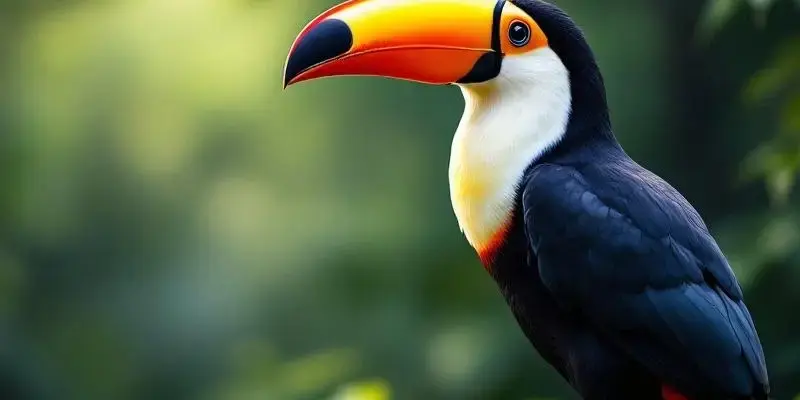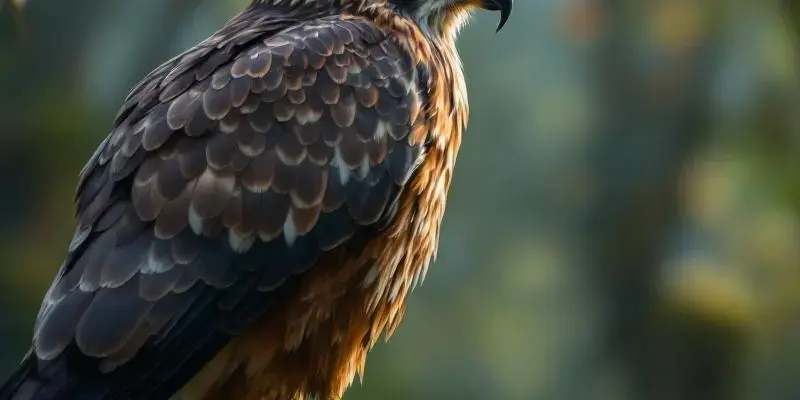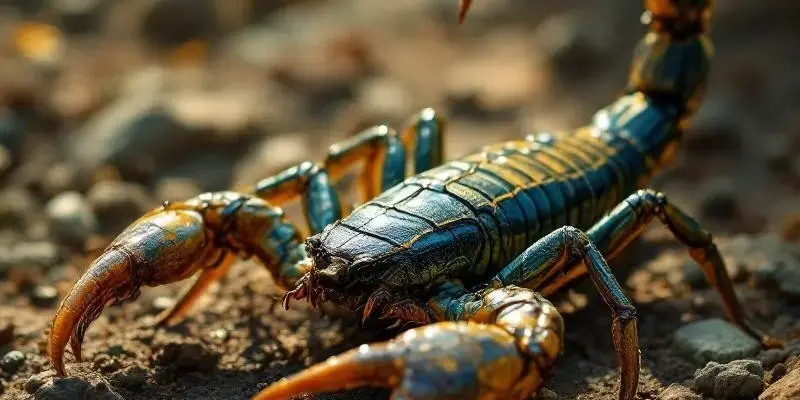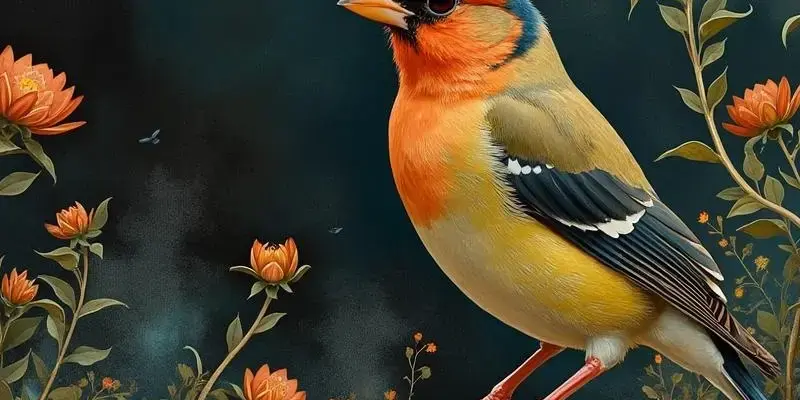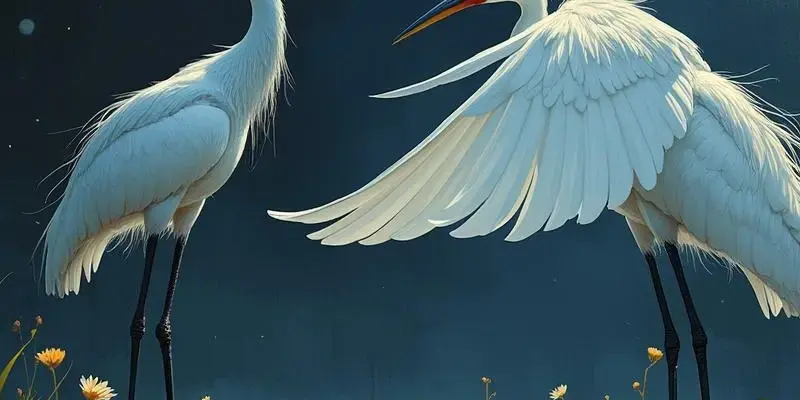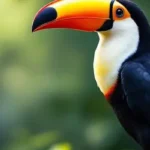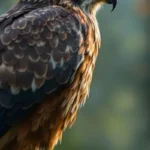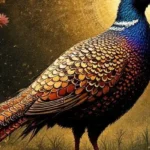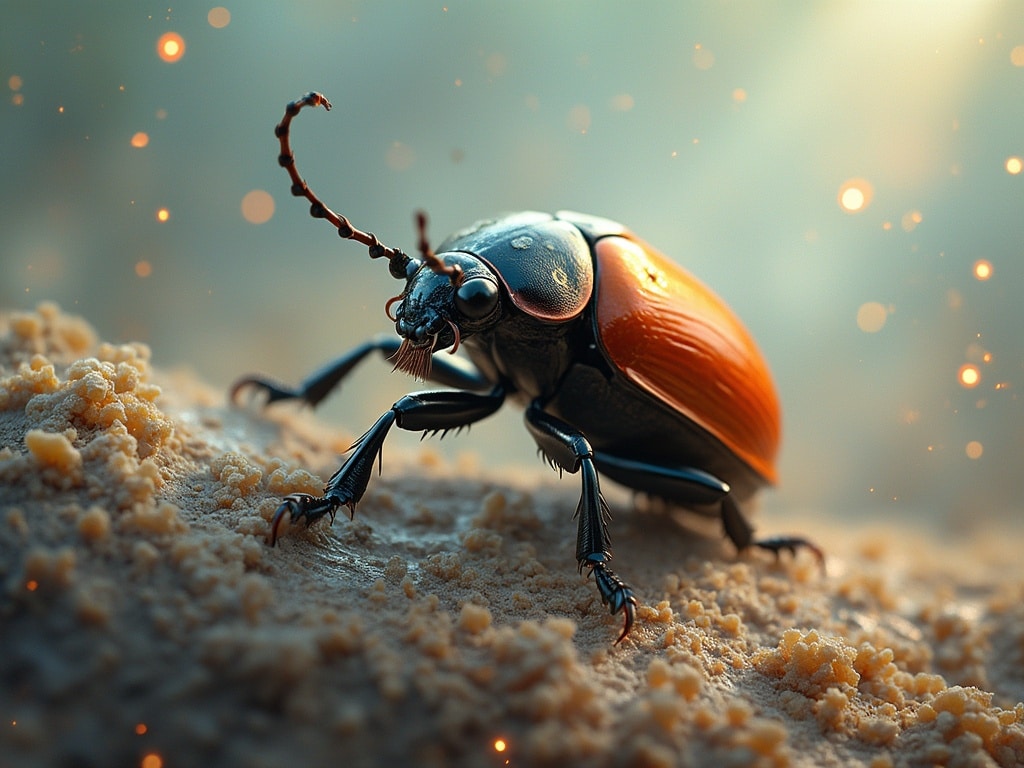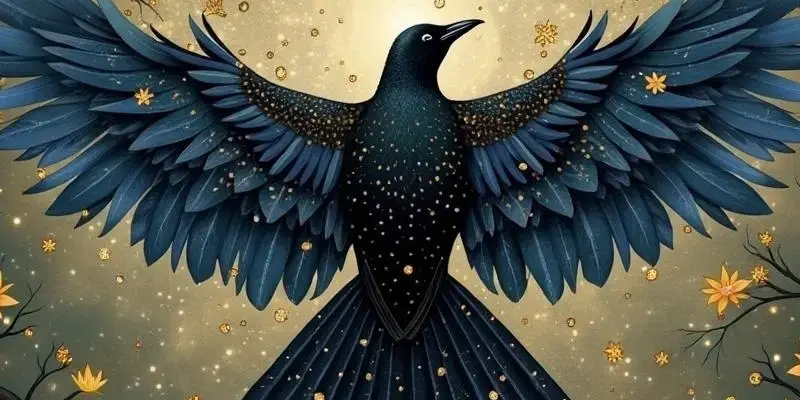Dragonfly spiritual meaning
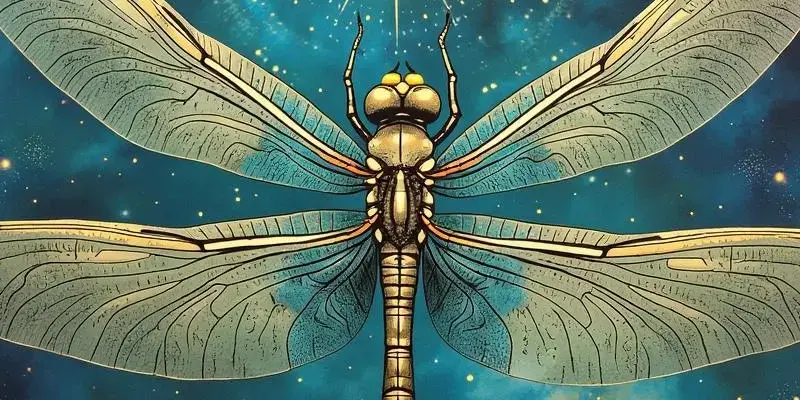
Dragonflies have captivated human imagination for over 300 million years, predating even dinosaurs and developing profound spiritual significance across countless cultures. Their remarkable journey from water-dwelling nymphs to aerial masters provides the perfect metaphor for personal transformation, making them powerful spiritual messengers that continue to resonate with seekers today.
Key Takeaways
- Dragonflies represent profound transformation through their complete metamorphosis from water to air
- Across cultures, dragonflies are considered messengers between worlds, connecting the living and departed
- Japan’s deep connection with dragonflies led to it being named Akitsu shima (Dragonfly Island)
- The dragonfly’s exceptional agility and ability to change direction in 1/50th of a second symbolizes adaptability
- Their short adult lifespan teaches the importance of embracing the present moment and living fully
The Ancient Messengers: Dragonflies Through Time and Culture
Dragonflies have graced our planet for an astonishing 300 million years, making them one of Earth’s most ancient insects. These remarkable creatures existed over 50 million years before dinosaurs appeared, watching these mighty reptiles rise and fall while continuing their own evolutionary journey. With approximately 6,000 species worldwide, dragonflies have woven themselves into the spiritual fabric of human civilizations throughout history.
What makes dragonflies particularly fascinating as spiritual symbols is their unique life cycle. Their complete metamorphosis serves as the foundation for their spiritual significance across traditions. They begin life in water before emerging into the air in a dramatic transformation that perfectly mirrors human spiritual growth. This evolutionary resilience, paired with their seemingly fragile appearance, creates a compelling paradox that speaks to their symbolic power and spiritual depth.
Transformation and Rebirth: The Core of Dragonfly Symbolism
The dragonfly’s journey from water to air embodies the ultimate symbol of transformation. Starting life as aquatic nymphs before emerging as aerial acrobats, dragonflies undergo a metamorphosis that mirrors our capacity for personal change. This transformation is complete and dramatic—the adult dragonfly bears no resemblance to its juvenile form, having spent years underwater before its magnificent rebirth.
What enhances this symbolism is the dragonfly’s exceptional physical adaptability. They can change direction in just 1/50th of a second—making them more agile than most insects. Unlike most flying insects that couple their wings, dragonflies use their four wings independently and with precision, symbolizing freedom from limitations and constraints. Even their appearance transforms throughout their lifetime, with many species changing colors as they mature—a beautiful metaphor for our own evolution through life’s various stages.
When a dragonfly appears in your life, it invites self-reflection about where you might be resisting necessary change. Their effortless adaptation and lightness of being offer a blueprint for moving through life’s inevitable transitions with grace. The grasshopper shares similar transformation symbolism, though the dragonfly’s water-to-air journey adds an extra dimension of spiritual depth.
Cultural Reverence: How Different Societies Honor the Dragonfly
Japan’s relationship with dragonflies runs remarkably deep—the country was originally named “Akitsu shima,” meaning “Dragonfly Island,” due to its shape resembling a dragonfly at rest. With 172 native dragonfly species, Japan has cultivated profound cultural connections with these insects, calling them “tombo” and regarding them as symbols of courage, strength, and happiness.
One beloved Japanese story involves Emperor Yuryaku Tenvo. When a horsefly bit the emperor, a dragonfly caught and ate it, saving him from pain. In gratitude, the emperor renamed the location “Akitsu” (dragonfly). Japanese samurai later adopted dragonfly motifs on their armor, calling the insect “katsumushi” (invincible insect) for its hunting prowess and agility.
Among many Native American tribes, particularly the Hopi, dragonflies symbolize joy, happiness, and swift transformation. They’re considered positive symbols of water, fertility, and abundance, with great supernatural powers. In Native American tradition, spotting a dragonfly symbolizes self-realization and signals an invitation to reconnect with your intuition.
Chinese culture associates dragonflies with prosperity, harmony, and good luck, with some believing the dragonfly represents the soul of a dragon. Celtic traditions connect dragonflies with the fairy realm, considering them messengers from the spirit world and travelers between dimensions. Swedish tradition offers a more somber interpretation—dragonflies were believed to hover nearby to measure the purity of your soul, adding a moral dimension to dragonfly encounters.
Messengers Between Worlds: Dragonflies and the Afterlife
Across multiple spiritual traditions, dragonflies serve as connections between the living and the departed. The Walter Dudley Cavert Dragonfly Story beautifully illustrates this concept, describing water bugs transforming into dragonflies who cannot return to explain their transformation to their friends below the water—a powerful metaphor teaching that “love doesn’t disappear. It changes form, just like the dragonfly.”
In Native American traditions, dragonflies function as spiritual guides, helping souls journey from the physical to the spirit world. The Japanese Bon festival in mid-August, when thousands of dragonflies appear coinciding with when spirits return to visit the living, reinforces the belief that “dragonflies were the souls themselves.” During Bon, children aren’t allowed to catch dragonflies (normally a game), and people welcome these insects into their homes, symbolically allowing ancestors to temporarily rejoin the family.
Celtic beliefs similarly recognize dragonflies as “travelers between worlds” whose delicate wings represent the thin veil between life and death. This cross-cultural connection between dragonflies and departed souls speaks to the universal human experience of seeking comfort and meaning around death and transformation. While ladybugs bring good fortune messages, dragonflies specifically bridge the gap between realms.
Living the Dragonfly Way: Practical Spiritual Applications
The dragonfly’s brief adult lifespan—some species living only 7-10 days as adults—carries powerful spiritual lessons about embracing the present moment. Despite their short lives, dragonflies make their presence known with joyful darting and seemingly dancing movements, teaching us to live fully regardless of time constraints.
When dragonflies appear in your life, they offer practical spiritual guidance. Here are some ways to incorporate their wisdom:
- Pause for 30 seconds when seeing a dragonfly to reflect on what change you might be resisting
- Call on dragonfly energy when stuck in a situation and needing assistance to gain a new perspective
- Practice dragonfly meditation: find a quiet spot near water, breathe deeply, and visualize dragonfly wings carrying away your resistance to change
- Be vigilant about illusions and self-deception in your life, as dragonflies teach clarity of perception
- Journal about areas where you need more adaptability, using the dragonfly’s swift directional changes as inspiration
The dragonfly invites you to apply its adaptability to modern challenges like career transitions, relationship evolutions, and personal growth journeys. Similar to how the beetle symbolizes persistence and strength, the dragonfly specifically teaches us about adapting gracefully to change.
Embracing the Dragonfly’s Message
While beliefs about dragonflies vary across cultures, one universal truth remains: the dragonfly offers comfort in change. Their 300-million-year existence and remarkable metamorphosis remind us that transformation is both natural and necessary. The dragonfly is characterized by amazing flight patterns, changing direction swiftly and gliding through the air with seemingly effortless precision—a perfect model for navigating life’s changes with grace.
The next time you encounter a dragonfly, take three deep breaths and ask yourself: What transformation am I resisting? How can I bring more joy into my adaptation process? Let these ancient messengers remind you of your connection with nature’s spirits and fairy realms, inviting you to embrace both joy and rebirth in your own life journey.
The dragonfly’s invitation to reconnect with yourself and your intuition offers not just comfort but practical wisdom for navigating a constantly changing world—a gift from one of nature’s most enduring spiritual teachers. Their ability to thrive for hundreds of millions of years while maintaining their delicate beauty reminds us that transformation doesn’t mean losing our essential nature—it means discovering new ways to express it.
Dragonflies have fascinated humans for over 300 million years, predating dinosaurs and developing deep spiritual importance across cultures. Their remarkable metamorphosis from water nymphs to aerial masters perfectly symbolizes personal transformation, making them powerful spiritual messengers. They’re considered bridges between worlds in many traditions, with Japan even being named “Dragonfly Island.” These ancient insects demonstrate exceptional adaptability with their ability to change direction in 1/50th of a second, while their short adult lifespan teaches us to embrace the present moment fully.
| Key Points |
|---|
| Dragonflies symbolize transformation through their water-to-air metamorphosis |
| They’re seen as messengers between the living and spirit worlds |
| Japan’s connection with dragonflies led to its name “Akitsu shima” (Dragonfly Island) |
| Their incredible agility represents adaptability through life changes |
| Their brief adult life teaches the importance of living fully in the present |

